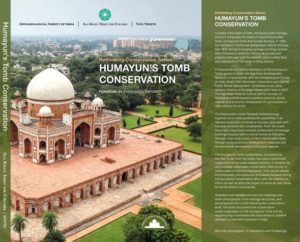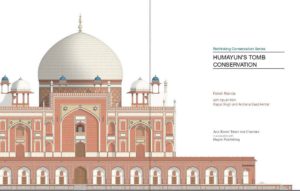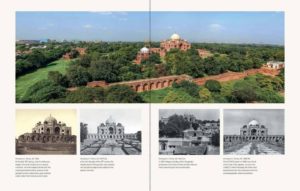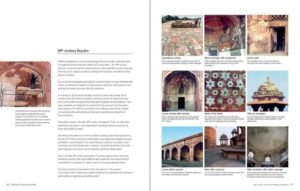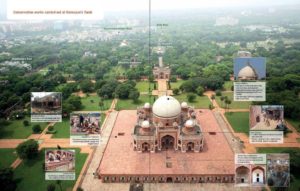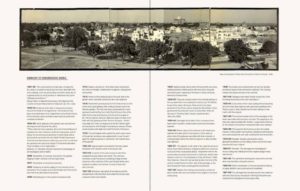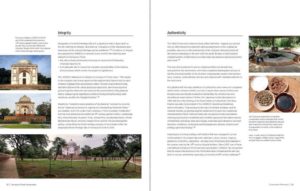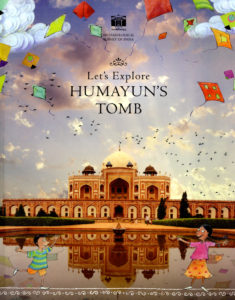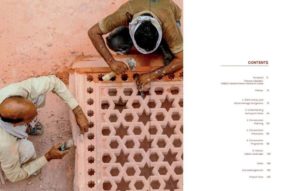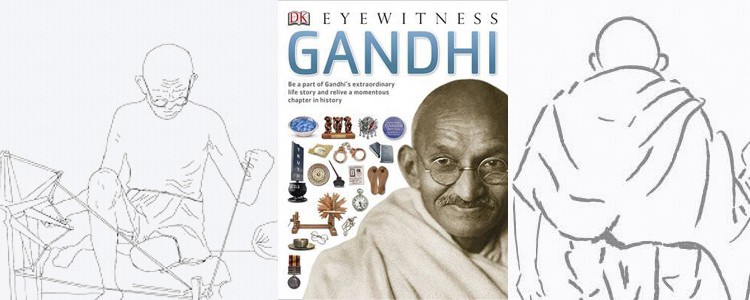Digonta Bordoloi’s “Second World War Sandwich”
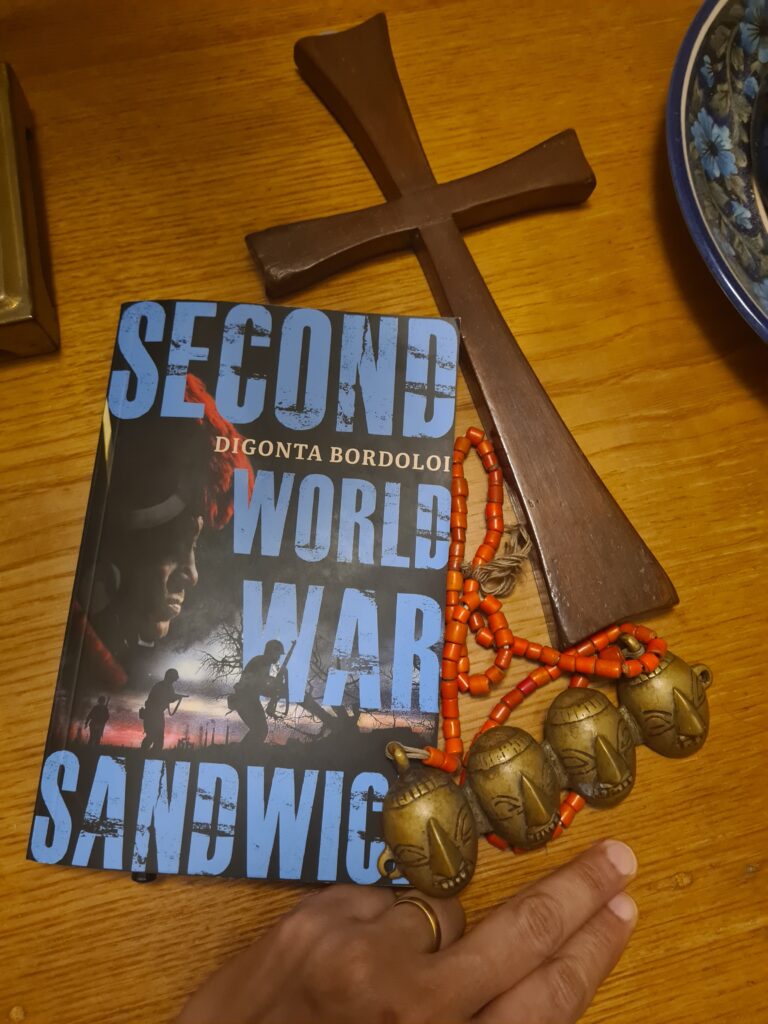
Elsewhere, the blacksmith of the village busied himself with a small glob of brass, shaping it into the form of a head. Each head a warrior claimed was rewarded with a small brass replica, worn as a pendent on a red beaded necklace.
Digonta Bordoloi’s second novel, Second World War Sandwich is set against the backdrop of the Kohima War. It took place in stages from 4 April to 22 June 1944 in and around Kohima in northeast India. Later, in independent India, Kohima became the capital city of Nagaland. The battle was fought between the British forces and the advancing Japanese troops. It was a fierce battle fought over the hilly terrain for Kohima’s strategic importance in the wider 1944 Japanese Chindwin offensive lay in that it was the summit of a pass that offered the Japanese the best route from Burma into India. During the Battle of Kohima, the British and Indian forces had lost 4,064 men, dead, missing and wounded. Against this the Japanese had lost 5,764 battle casualties in the Kohima area, and many of the 31st Division subsequently died of disease or starvation, or took their own lives. ( Source: Wikipedia)
Second World War Sandwich revolves around Captain Timothy Hastings, a former tea-estate manager; his wife, Sandra, a nurse, who too had grown up on a tea-estate in India; Raan, who is far happier being a cook, carrying pots and pans, rather than wielding a gun; Chetri, a Gorkha, brave as any legend about the Gorkhas is; and Mongseng, a Konyak, a prince, heir to his father’s throne, the ang of his village, Poilung. They are thrown headlong into battle with the Japanese and are a motley troop. Everyone is wary of Mongseng at first but after a certain turn of events, they discover that this naked, tattooed, “savage”, whose only weapon is an extremely lethal dao/machette, does not intend them any harm. Also, lo and behold, Mongseng speaks a smattering of English, taught to him by the Padre in their village.
Now therein lies the extremely fascinating history of the Christian missionaries who visited north east India from the nineteenth century onwards. In Nagaland, they were mostly American Baptists who would roam around, although in the novel, the Padre is an Italian. His denomination is never made clear even when constructing the church in the village. The description exists but no more. Mongseng is a Konyak — one of the many Naga tribes but they are unique as in they used to be headhunters. This was the only way of life that they knew. Their village was constructed and still exists like this — with wooden huts, thatched roofs, intricate carvings on their door posts, carcasses of kill drying in their “verandahs”, with the kitchen being the centre of their homes. The hearth or the embers upon which the food is cooked is in the centre of the room. Above it hangs these large metal plates upon which the meats are slow cooked. And tea remains a constant offering. Something that Mongseng compares too when offered a rather watered down version of tea by Raan. He yearns for his freshly roasted tea leaves, bitter morning brew. The ang, or tribal elder/king, presides over the village and rules in a just and fair manner. At the centre of the village is the morung, or the male dormitory, where the unmarried men congregate and spend their time. It is also the place in the novel where the village elders gather for a chit-chat and more often than not to drink the addictively bittersweet brew that the Padre plies them with. It turns out to be rum. In fact, if you visit any of the Konyak village cemetries as I did with my father ( Romesh Bhattacharji) in the late 1990s, the headstones very proudly bear the inscription that the recently deceased scalped so many individuals but also was a Christian. A dichotomy if there was ever one! In fact, the brass necklace in the picture was gifted to me by a minister in the state government when he discovered I had completed my post-graduation. He was so impressed that I had achieved so many degrees whereas he had only cleared his eighth grade that the following morning as we were departing he put a parcel wrapped in newspaper in my hands saying this is for you. In it were a bunch of necklaces that I treasure decades later. We were all staying in the same guest house as dad was an Election observer and the minister was on the campaign trail. The villages we covered on this tour were those of the Konyaks — Chenmoho, Chenwenyu and Chenwengtu. So when I came across the description of these brass heads being fashioned in the village when Mongseng made his first kill, I realised the signficance of this brass necklace that I have had for many years.
Second World War Sandwich begins incredibly grippingly with a fine description of the landscape and an introduction to Timothy and his team. Mongseng drops into their lives. The establishment of the relationship between the four men, the varying degrees of masculinity that shines through the text is absolutely fascinating to read. It is as if the author has spent hours working upon the details and trying to get the tenor right. The battle outside makes it presence felt often enough in the narrative with falling mortar, wounded crowding the makeshift hospitals, the dead piling up, the horrific mix of the raw and trained soldiers who are battling against a very sophisticated enemy etc. The immense knowledge and experience that Mongseng brings is dealt with respectfully and at par with the white man. It is interesting to see this equilibrium being set by Digonta Bordoloi even if it is a tad hard to believe that there would be so much trust between a white man and a native in British India. Nevertheless, it makes for an interesting read.
After a rollicking good start, the plot begins to drag. The extremely long backstories about every main character while interesting by themselves are so unnecessary beyond a point as they are distracting about the battle itself. The inter-personal relationships can easily flourish under the brutal conditions of warfare. These long-winded descriptions needed to be worked out elsewhere and then only significant portions used in the main narrative. Having said that if the backstories are read as short stories, they are lovely digressions. The particularly sensitively drawn one is that for Mongseng. It makes sense when the author acknowledges the wangra ( village chief) of Hamphui and his fellow village elder-men — Nagaland’s last surviving headhunters. The fine descriptions of the Konyak lifestyle are worth reading. But then the second half of the book dissolves into a chaotic mess where the frenzy of battle overtakes the characters but it also makes the author lose his grip on storytelling. It is as if he is getting pulled into the personalities of each character more and more while at the same time very eager to get his facts right about battle strategies. There are neat illustrations accompanying the story marking out the terrain and the peaks that were crucial in the real battle. But sadly, they do not help retrieve a potentially good novel. Maybe if the possibility of narrating the past by a dying Mongseng to his grandson, Angsen, had been pursued a little more aggressively, the structure of the plot would have fallen into place, much as it did for Art Spiegelman’s Maus. It allowed for the possibility of there being lapses into modern day and thereby offered a perspective on historical events.
Perhaps those with a greater in-depth understanding of the battle may appreciate the book. But for now, there is confusion between “Second World War Sandwich” being a literary fiction, commercial fiction, historical fiction, war novel or rescuing the history of the Konyaks. Having said that this is a book worth recommending as it puts the spotlight on a part of India’s history that is little known about. The last time a stupendous novel on this very same subject was written was by Siddhartha Sharma, “The Grasshopper’s Run”. It won the Crossword Prize 2009 and in 2011 was shortlisted for the Sahitya Bal Puraskar. Hopefully, Digonta Bordoloi will be recognised to a certain degree for his strong writing and he will be on some literary prize lists. This book deserves to have a long life. Meanwhile, it is crying to be optioned for a limited television series.
Read it.
19 April 2021

